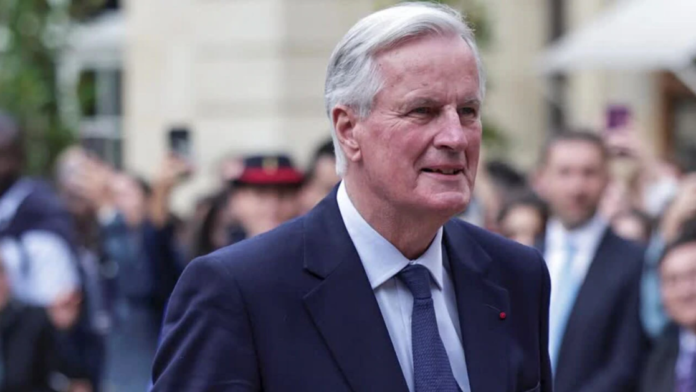The computations are not correct. On Thursday, October 10, a few hours before the presentation of the draft finance bill, the High Council of Public Finances warned that the recovery of the accounts is far more dependent on taxpayers than Prime Minister Michel Barnier claimed.
The administration plans to save 60 billion euros. The CEO boasted of making this significant effort by dramatically lowering spending and raising revenue to a lesser extent. The wording suggests savings of 40 billion euros due to reduced spending, with 20 billion collected from the French.
Except that the ratio in the Draft Finance Bill is misleading, according to the High Council of Public Finances, which former socialist Minister Pierre Moscovici chairs. Earlier on Thursday, he told the press that the government’s calculation approach was incorrect. Explanations.
YOU MAY ALSO LIKE: Laurent Saint-Martin Explains Who Will Be Affected By The Tax Rise
Michel Barnier’s figure is based on the “trend” evolution of expenditure, which is the progression that this expenditure would go through in 2025 if no actions were taken to slow it down.
If this were the case, the public deficit would have reached 7% of GDP, according to the administration, which aims to decrease it to 5% by 2025.
The HCFP, on the other hand, employs a calculation method that focuses on “structural effort”.
As a result, the amount of savings to be produced is only 42 billion rather than 60 billion. And the fiscal effort is focused 70% on increasing taxes and 30% on reducing spending, which is the opposite of what the executive proposes.
Pierre Moscovici explained “These two concepts have their legitimacy, but they do not measure the same thing. But, in all cases, the effort on compulsory levies is underestimated. If we reason in terms of trends, the effort on expenditure and revenue is more like 50-50.”
Why is there such a disparity between the government’s calculations and those of the HCFP? Pierre Moscovici is the person who offers information.
He specifically explains that the 20 billion euros in taxes “do not take into account certain measures included in the draft budget”. This is the case with the increase in the TICFE, the domestic tax on final power usage.
The HCFP further notes that certain mandatory deductions, such as the reduction in exemptions from employer payments, are included in the “reduction in expenditure” column when they are “typically classified as an increase in revenue and compulsory deductions.”
Overall, the High Council of Public Finances believes that “the forecasts remain a little optimistic” but that “the information is poorly documented”. And calls the government’s budgetary strategy for 2025 “fragile”.












